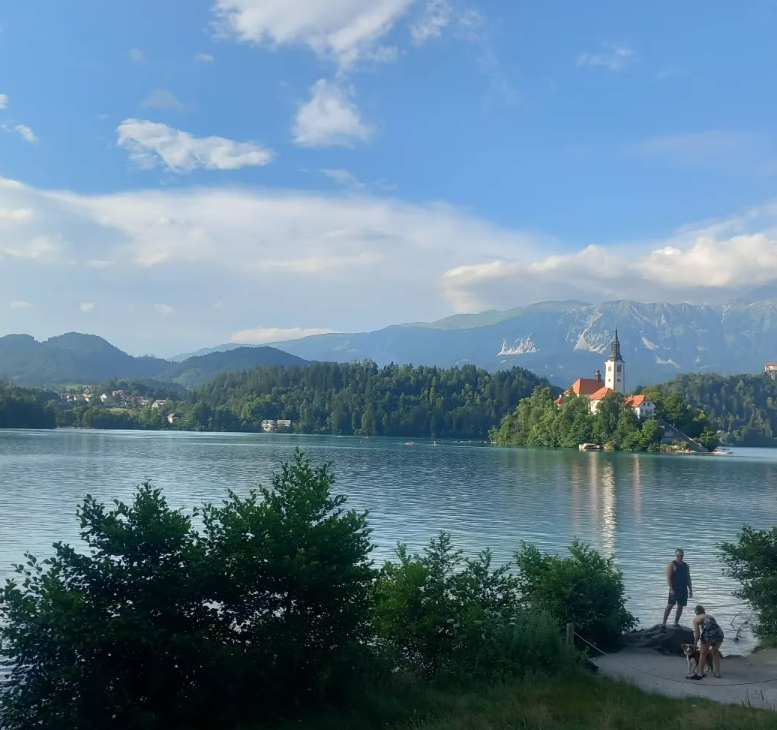Kasimir Malevich’s ‘Suprematism’ (as pictured) represented freedom, an abstraction of worldly forms. Russian Avant-garde artists like Malevich, Kandinsky, Suetin, created a revolution rising up against traditional expression.┬áRevolution: New Art for a New World┬áprovides us with an in-depth explanation of how the rise and fall of this movement was intrinsically linked with socio-political change.
Margy Kinmonth’s feature documentary charts Russian art’s movement from realism, to the avant-garde, to socialist realism; all against the context of political change sparked by the 1917 Bolshevik Revolution. With the abdication of the Tzar and rise of Lenin came an artistic revolution that broke with traditionalism. This new, modern art both served Russia’s political regime and brought the art world into a progressive age of modernity; and Kinmonth’s film explores both political history and art history in tandem in order to demonstrate their connections.┬áRevolution┬áprovides a wide scope of knowledge when assessing the developments of Russia’s landscape, interviewing art historians as well as ancestors of some of the most prolific avant-garde and social-realist artists. The documentary’s greatest assets are its scrupulous commitment to following each artist’s story as they navigate the changing political climates, and┬áthe clarity and thoroughness in which it does so.

Yet, often some of the features of the documentary seemed superfluous. For instance, an incessant use of mirror effects were present throughout the film, potentially to allude to an only fleeting mention of Dziga Vertov. And multiple sequences of role play seemed unnecessary and misplaced, adding little to the film in terms of both style and substance; the acting and production were relatively poor, and often illustrated what had already been said through narration. ┬áHowever these stylistic choices had a largely superficial effect, and did not detract from the documentary’s otherwise strong sense of understanding for Russian art and political history.
What is most interesting about┬áRevolution┬áis that, after a chronological charting of art’s interaction and response to politics, we are brought to the conclusion that the art now remains timeless. ‘Suprematism’ was a reaction to what could have been a new world under Lenin; yet it was also, and still is, representative of expression beyond limitations of ‘the actual’. We learn what became of artists such as Malevich and Suetin, both of whose works languished under Stalin and reverted to realism and even ceramics. ┬áBut Kinmonth’s film leaves us with a sense that what survives of their reactionary and revolutionary art remains valuable, pertinent, and enduring.
Sadia Pineda Hameed
REVOLUTION: NEW ART FOR A NEW WORLD is out on DVD now http://revolution.film/ 


